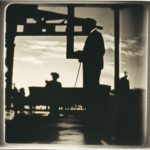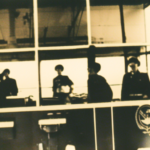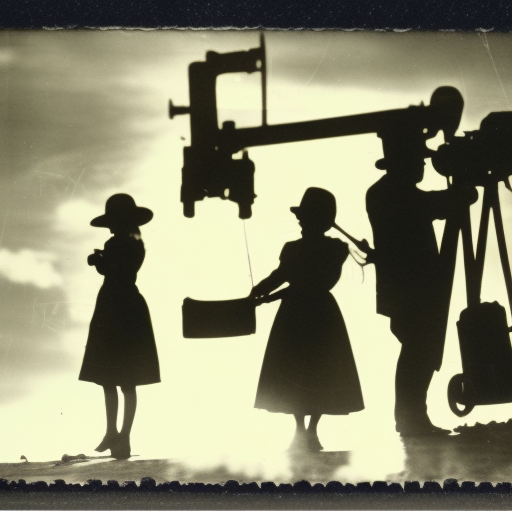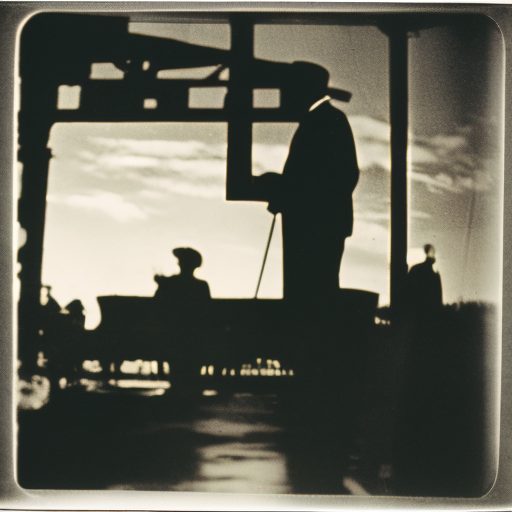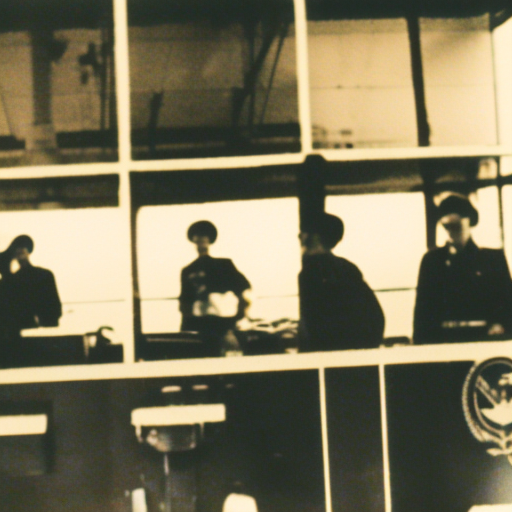The Wagner Act (1935): Summary
The Wagner Act, also known as the National Labor Relations Act (NLRA), was a landmark piece of legislation passed in 1935 during the presidency of Franklin D. Roosevelt. It aimed to protect the rights of workers to organize and bargain collectively with their employers. The act was a response to the widespread labor unrest and strikes that occurred during the Great Depression, as well as a desire to address the power imbalances between employers and employees.
Background:
During the early 20th century, labor conditions in the United States were often harsh and exploitative. Workers faced long hours, low wages, unsafe working conditions, and limited rights to organize. In response, labor unions emerged as a means for workers to collectively advocate for better conditions. However, employers often used tactics to suppress union activities, such as firing union organizers and blacklisting union members.
The Wagner Act:
The Wagner Act sought to address these issues by establishing a legal framework for collective bargaining and protecting workers’ rights to join unions. It created the National Labor Relations Board (NLRB) to enforce the act’s provisions and oversee union elections. The NLRB had the power to investigate unfair labor practices and issue rulings to protect workers’ rights.
Key Provisions:
- Section 7: This section of the Wagner Act guaranteed workers the right to self-organization, to form, join, or assist labor organizations, and to engage in collective bargaining.
- Section 8: This section defined unfair labor practices by employers, including interfering with employees’ rights to organize, dominate or interfere with labor organizations, and discriminate against employees for their union activities.
- Section 9: This section established procedures for conducting union representation elections and certifying unions as the exclusive bargaining representatives for employees.
Impact and Legacy:
The Wagner Act had a profound impact on labor relations in the United States. It led to a surge in union membership and collective bargaining. By protecting workers’ rights to organize and bargain collectively, the act helped to level the playing field between employers and employees. It also contributed to the growth of the labor movement and the rise of influential unions such as the Congress of Industrial Organizations (CIO).
However, the Wagner Act was not without controversy. Critics argued that it gave too much power to unions and disrupted the balance of power between labor and management. Some employers resisted the act’s provisions and engaged in tactics to undermine union organizing efforts. In response, Congress passed the Taft-Hartley Act in 1947, which amended the Wagner Act and placed some restrictions on unions.
Despite its limitations and subsequent amendments, the Wagner Act remains an important milestone in the history of labor rights in the United States. It laid the foundation for the modern labor movement and established legal protections for workers’ rights to organize and bargain collectively. The act’s legacy can still be seen today in the existence of labor unions and the ongoing debates surrounding workers’ rights and collective bargaining.

